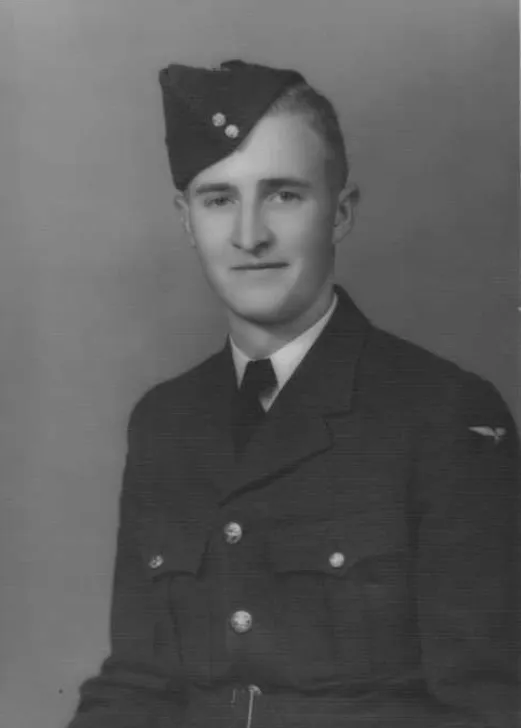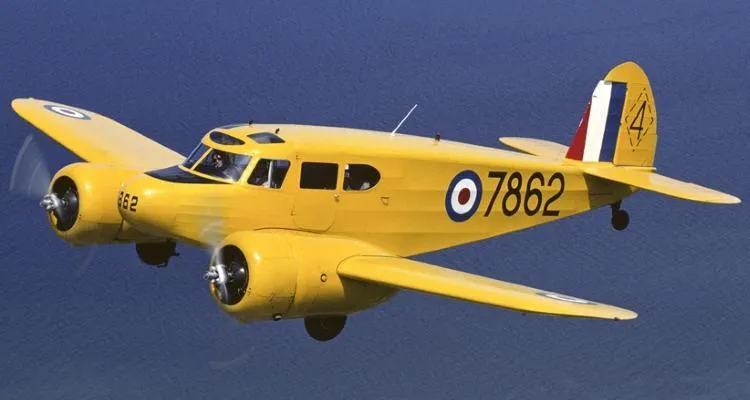Sprott, Ronald Gear
Killed in Flying Accident 1942-08-03


Birth Date: 1921-June-10
Born: Miami, Manitoba
Son of Walter and Blanche Emma Sprott, of Miami, Manitoba. Brother of John Coles Sprott who was killed in action on August 17, 1944 while serving with the Royal Canadian Air Force.
Home: Miami, Manitoba
Enlistment: Winnipeg, Manitoba
Enlistment Date: 1941-07-30
Service
RCAF
Unit
10 SFTS- Service Flying Training School
Base
Dauphin, Manitoba, Canada
Rank
Leading Aircraftman
Position
Leading Aircraftman
Service Numbers
R/119951
Home
First Burial
LAC Sprott (RCAF) was on a solo cross-country exercise and was killed when Cessna Crane aircraft 8401 crashed twenty-five miles north of Yorkton, Saskatchewan at Good Spirit Lake. Need to investigate further but his body was not recovered at the time of the crash.
LAC Sprott was BROTHER to Flying Officer John Coles Sprott (RCAF), killed 1944-08-17 on 433 Squadron Halifax MZ 863 BM-I while on a GARDENING sortie over Kiel Bay, Germany
This incident involved multiple aircraft:
- Crane Mk. I Serial: 8041
All the above aircraft in the above list are referenced in this report.
Cessna Crane

Canadian Warplane Heritage Museum
The Cessna T-50 Crane was the RCAF version of the Cessna AT-17 Bobcat, a twin-engined advanced trainer designed and made in the USA during the Second World War. It served to bridge the gap between single-engined trainers and twin-engined combat aircraft.
First flown in 1939, the American-built Cessna Crane was developed as a five-seat, light transport civilian aircraft. It was originally intended to serve only a minor role within the BCATP (an initial 180 were ordered in 1940) until the Canadian-built Avro Ansons became available in greater numbers. This was the first large order that Cessna had received for one of its products. Eventually, more than 5,400 Cranes would be produced, of which 826 saw service with the RCAF. Cessna Cranes were used primarily to teach future bomber pilots, after they had received their initial training, to fly multi-engined aircraft at Service Flying Training Schools in western Canada.
Powered by 245-horsepower Jacobs R-755-9 radial engines, Cessna Cranes featured wooden wings and tail married to a fuselage constructed of welded steel tubing. Most of the aircraft was fabric-covered. It was cheap, reliable and relatively easy to fly, with a top speed of 315 kilometres (195 miles) per hour.
The Crane provided twin-engined complexity with economy of operation and went on to become one of the most important aircraft used by the BCATP. Cranes continued to serve with the RCAF until 1947, after which many were purchased by private individuals and companies.
Nicknamed the Bamboo Bomber because of its largely wood construction, the Crane had a reputation as a stable and reliable aircraft. Although not an ideal training aircraft because of its poor single-engined performance and load-carrying capability, it performed its duties satisfactorily and helped train several thousand bomber pilots.Bomber Command Museum of Canada
10 SFTS (10 Service Flying Training School)
Graduates of the EFTS "learn-to-fly" program went on a Service Flying Training School (SFTS) for 16 weeks. For the first 8 weeks the trainee was part of an intermediate training squadron; for the next 6 weeks an advanced training squadron and for the final 2 weeks training was conducted at a Bombing & Gunnery School. The Service schools were military establishments run by the RCAF or the RAF.
There were two different types of Service Flying Training Schools. Trainees in the fighter pilot stream went to an SFTS like No. 14 Aylmer, where they trained in the North American Harvard or North American Yale. Trainees in the bomber, coastal or transport pilot stream went to an SFTS like No. 5 Brantford where they learned multi-engine technique in an Airspeed Oxford, Avro Anson or Cessna Crane.

For More Information on RCAF Station Dauphin see here
RCAF.Info - RCAF Station Dauphin Manitoba
RCAF.Info - Relief Landing Field North Junction MB
RCAF.Info - Relief Landing Field Valley River MB
![]() Manitoba Historical Society - 10 SFTS Dauphin
Manitoba Historical Society - 10 SFTS Dauphin
![]() Manitoba Historical Society - North Junction Relief Landing Field
Manitoba Historical Society - North Junction Relief Landing Field
Crane 8041
Crane Mk. I 8041
First assigned to No. 10 Service Flying Training School at Dauphin, Manitoba. To Prairie Airways for overhaul, 25 August to 23 November 1942. To No. 2 Training Command when completed. Pending disposal from 28 September 1944. To No. 2 Air Command on 1 December 1944, still pending disposal. Stored at No. 204 Equipment Holding Unit at Estevan, Saskatchewan, where it was noted with 2976:00 total time, 2099:40 since overhaul.1941-10-17 Taken on Strength No. 2 Training Command 2019-08-20
1942-August-03 Accident: 10 Service Flying Training School Loc: Good Spirit Lake Saskatchewan Names: Sprott
1945-02-20 Struck off Strength Struck off, to War Assets Corporation for disposal 2019-08-20
 Canadian Virtual War Memorial
Canadian Virtual War Memorial Commonwealth War Graves Commission
Commonwealth War Graves Commission www.findagrave.com
www.findagrave.com